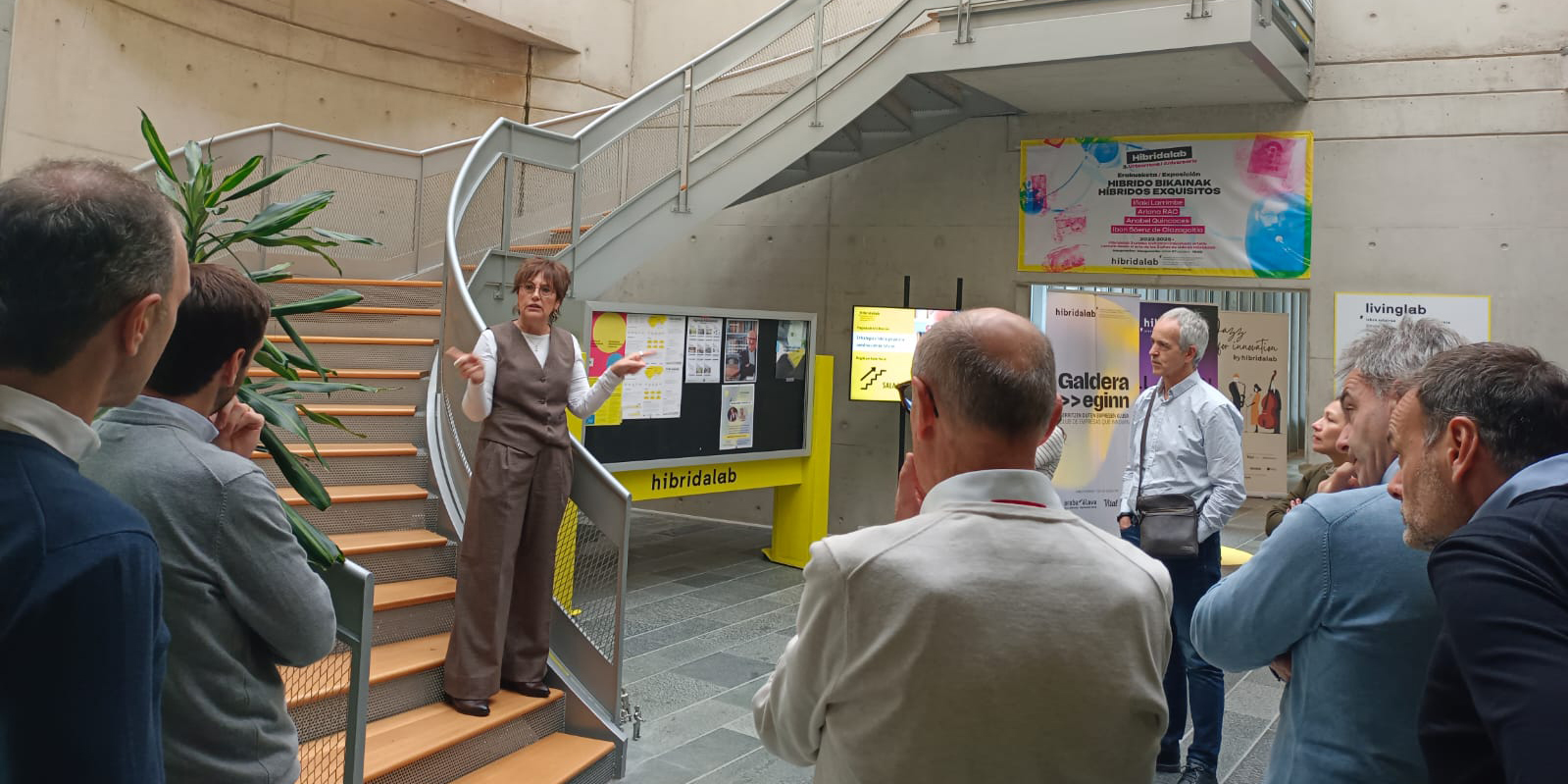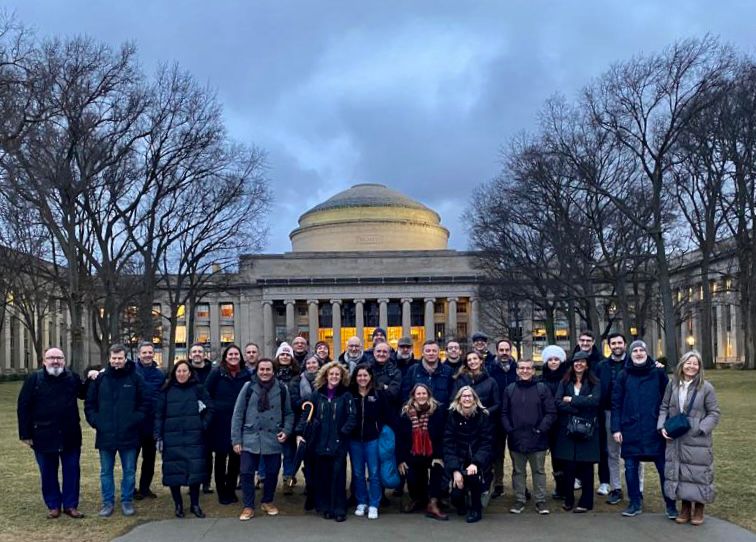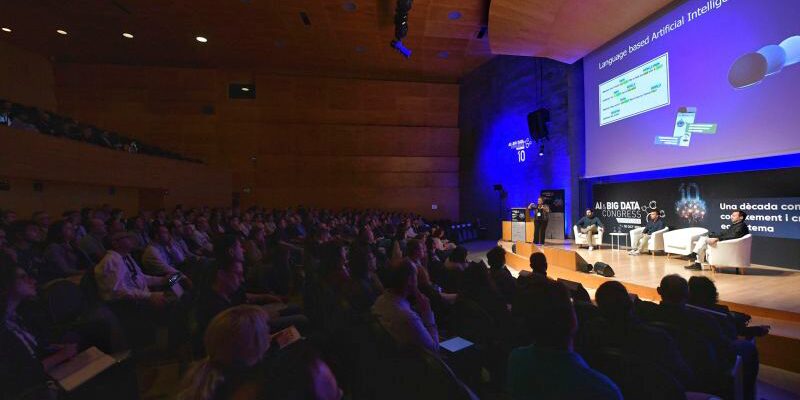Eleven factors to drive collaborative innovation

Last Friday, Mireia Mir, General Director of INDPULS, took part in the Senior Management Programme organised by HibridaLab and led by Xavier Marcet, President of Sarah Marlex, under the title “Strategy and Leadership for Building Futures.”
During her speech, Mireia Mir analysed the current challenges of collaborative innovation and reflected on the factors that determine its success in industrial and technological environments undergoing transformation. Drawing on her experience, she highlighted eleven key factors that shape a sustainable, collaborative and impact-oriented innovation model.
Below are the 11 key factors to drive innovation:
- There is no innovation without risk, but the greatest risk is not innovating. Foster a culture of risk, experimentation and rapid learning.
- Find the half step ahead, the point at which the future can be absorbed. Innovate at the right pace, the one that the environment and, especially, our clients can absorb.
- Anticipation and adaptation. Analyse future scenarios and innovations, anticipate and adapt before changes occur. These are essential for competitiveness.
- From innovation focused on process improvement to developing new business models. Rethink the value proposition and explore new growth formulas, such as servitisation, complementary products or services, digital platforms.
- Innovation and sustainability are compatible. Competitiveness and social and environmental responsibility must advance together.
- Integrate data as a strategic asset. Turn information into valuable knowledge to improve decision-making, efficiency and customer service.
- Measure innovation, value creation and impact. Establish key innovation indicators to measure its real impact.
- If innovation does not deliver the expected results, it is time to stop and think. Recognise when a methodology or project does not add value and redirect efforts with agility.
- Learning and talent. Promote continuous development and attract innovative talent.
- Collaboration and trust. Create an environment of collaboration, trust, generosity and transparency, in which knowledge and experiences, successes and failures can be shared.
- Commitment from senior management. Innovation requires leadership and the genuine commitment of senior management.
The event highlighted the importance of collaborative ecosystems as drivers of industrial competitiveness and technological transformation, where innovation, talent and technology converge to generate real and sustainable impact.
Special thanks to Miren Martín Morato, Roberto Gómez de la Iglesia, Xavier Marcet and all the participants for the warm welcome. It has been truly inspiring to learn first-hand about HibridaLab’s open innovation model and to share views on how to build the future through collaboration and purpose.





